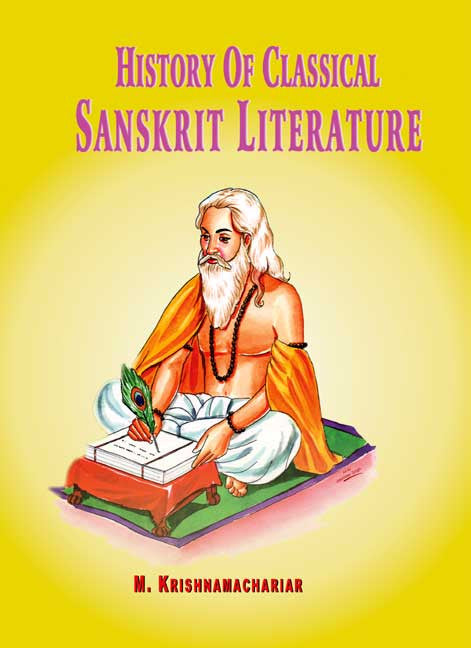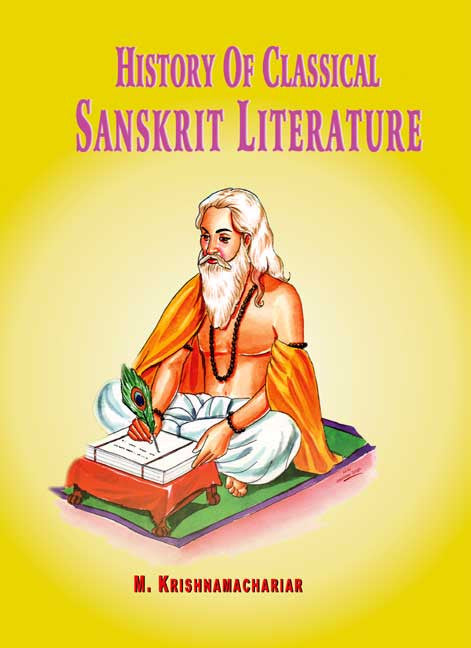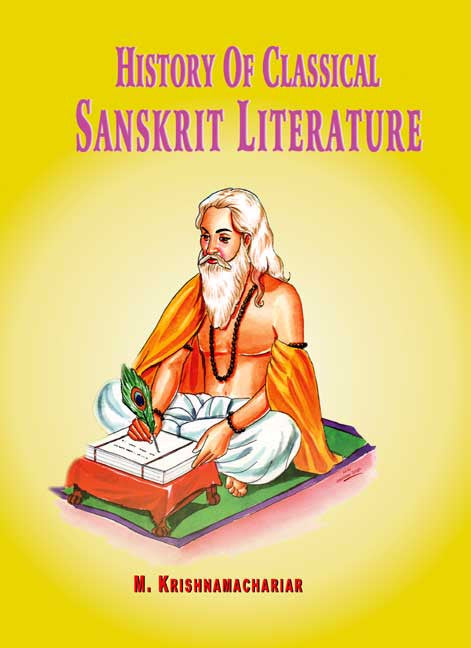History of Classical Sanskrit Literature
History of Classical Sanskrit Literature - Paperback is backordered and will ship as soon as it is back in stock.
Couldn't load pickup availability
The present work is an analytical account of classical Sanskrit literature in its historical perspective. It is divided in six books, of several chapters, each dealing with a particular branch of Sanskrit learning. Book I deals with the great epics of India-the Ramayana and the Mahabharata as well as the Puranas and the Tantras; Book II with the Kavya and its varieties; Book III with Kathanaka, Brhatkatha, Pancatantra and other tales; Book IV with Gadyakavya and Campu literature and Book V with the dramatic literature and Book VI with the Alankara, Sangita, Kama and Chandas literature.
The work is full of references; the footnotes refer to a variety of sources, legendary, inscriptional numismatic, architectural and literary. The writer has exploited all the relevant material of the journals, catalogues, annals, reports and other documents in discussing the vexed problems of the date, place, genealogy of the authors and the literary tendencies of their compositions. His methodology of literary criticism is rationalistic and bears the stamp of the modern scientific age. The elaborate index, the critical introduction, the exhaustive bibliography, the list of abbreviations, the table of transliteration and a supplement are the most useful additions to this interesting and instructive work of literary history.
Review(s)
A Companion to Sanskrit Literature seeks to acquaint the reader, with the contents of outstanding works and authors in Sanskrit literature. It presents brief accounts of the important characters in well-known poems, dramas and prose works, important geogr
About the Author(s)
-
Pages
-
Edition
-
Size
-
Condition
-
Language
-
Weight (kg)
-
Publication Year
-
Country of Origin
-
Territorial Rights
-
Reading Age
-
HSN Code
-
Publisher




